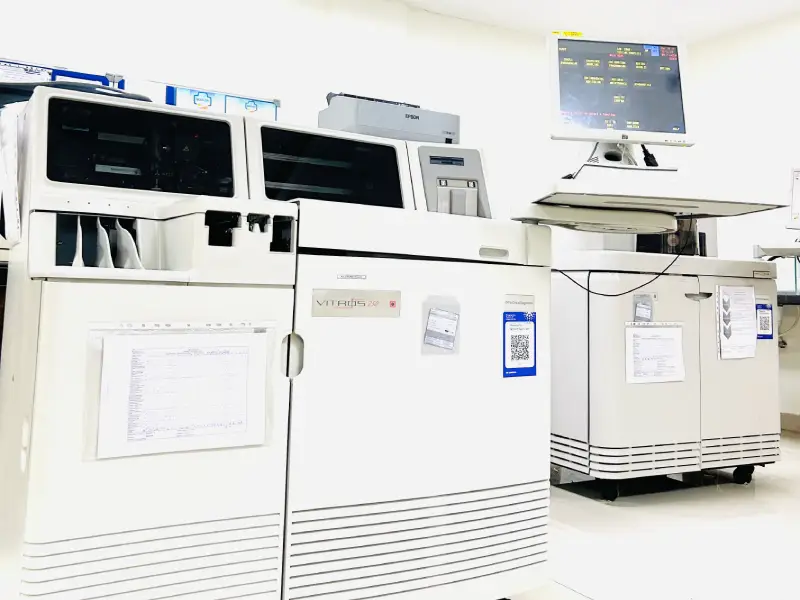Find the Right Screening Tests
Based on Your Concerns!
add-on Scans & Labs provides screening to detect potential health disorders. Find your screening test based on your health concerns.
All our scans are performed by our highly experienced sonographers
For timely assistance, our customer care team is available to call back between 7.00 AM to 8.30 PM.
₹7998 ₹3999
Recommended for age below 40 years
Reports within 7 hours
₹13998 ₹6999
Recommended for men of age below 40 years
Reports within 7 hours
₹15998 ₹7999
Recommended for women of all age above 40 years
Reports within 7 hours
₹3998 ₹1999
Recommended for age below 40 years
Reports within 7 hours
₹7998 ₹3999
Recommended for age below 40 years
Reports within 7 hours
₹13998 ₹6999
Recommended for men of age below 40 years
Reports within 7 hours
₹15998 ₹7999
Recommended for women of all age above 40 years
Reports within 7 hours
₹3998 ₹1999
Recommended for age below 40 years
Reports within 7 hours
₹7998 ₹3999
Recommended for age below 40 years
Reports within 7 hours
₹13998 ₹6999
Recommended for men of age below 40 years
Reports within 7 hours
₹7998 ₹3999
Recommended for age below 40 years
Reports within 7 hours
₹13998 ₹6999
Recommended for men of age below 40 years
Reports within 7 hours
₹15998 ₹7999
Recommended for women of all age above 40 years
Reports within 7 hours
₹3998 ₹1999
Recommended for age below 40 years
Reports within 7 hours
₹7998 ₹3999
Recommended for age below 40 years
Reports within 7 hours
₹13998 ₹6999
Recommended for men of age below 40 years
Reports within 7 hours
₹15998 ₹7999
Recommended for women of all age above 40 years
Reports within 7 hours
₹3998 ₹1999
Recommended for age below 40 years
Reports within 7 hours
₹7998 ₹3999
Recommended for age below 40 years
Reports within 7 hours
₹13998 ₹6999
Recommended for men of age below 40 years
Reports within 7 hours


Receive personalized care from expert doctors who prioritize your unique healthcare needs, ensuring the highest quality treatment and attention.

Ensure safe pregnancy monitoring with advanced ultrasound scans, offering clear images of your baby’s growth. Trust our expert care for reassurance.
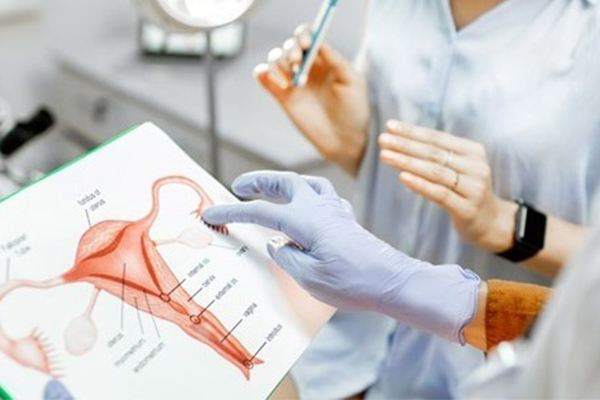
Ensure safe pregnancy monitoring with advanced ultrasound scans, providing clear images of your baby’s growth. Trust our expert care for reassurance.
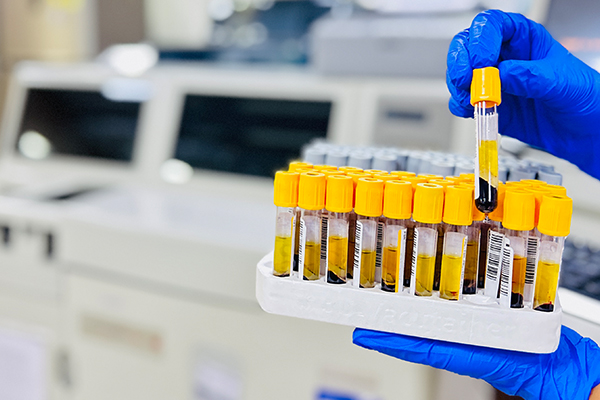
Get precise blood test results from our NABL-accredited lab. Our reliable testing ensures accurate diagnoses and supports your healthcare needs with confidence.

Receive clear, detailed ultrasound images from expert radiologists with advanced equipment. Enjoy fast, accurate results and quick reports for reassurance.
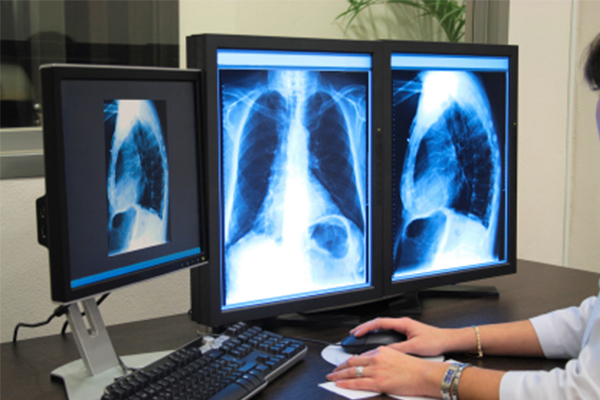
Experience high-quality X-ray images with advanced technology. Expert radiologists provide accurate diagnoses and tailored treatment plan.

Receive personalized care from expert doctors who prioritize your unique healthcare needs, ensuring the highest quality treatment and attention.

Ensure safe pregnancy monitoring with advanced ultrasound scans, offering clear images of your baby’s growth. Trust our expert care for reassurance.

Ensure safe pregnancy monitoring with advanced ultrasound scans, providing clear images of your baby’s growth. Trust our expert care for reassurance.

Get precise blood test results from our NABL-accredited lab. Our reliable testing ensures accurate diagnoses and supports your healthcare needs with confidence.

Receive clear, detailed ultrasound images from expert radiologists with advanced equipment. Enjoy fast, accurate results and quick reports for reassurance.

Experience high-quality X-ray images with advanced technology. Expert radiologists provide accurate diagnoses and tailored treatment plan.

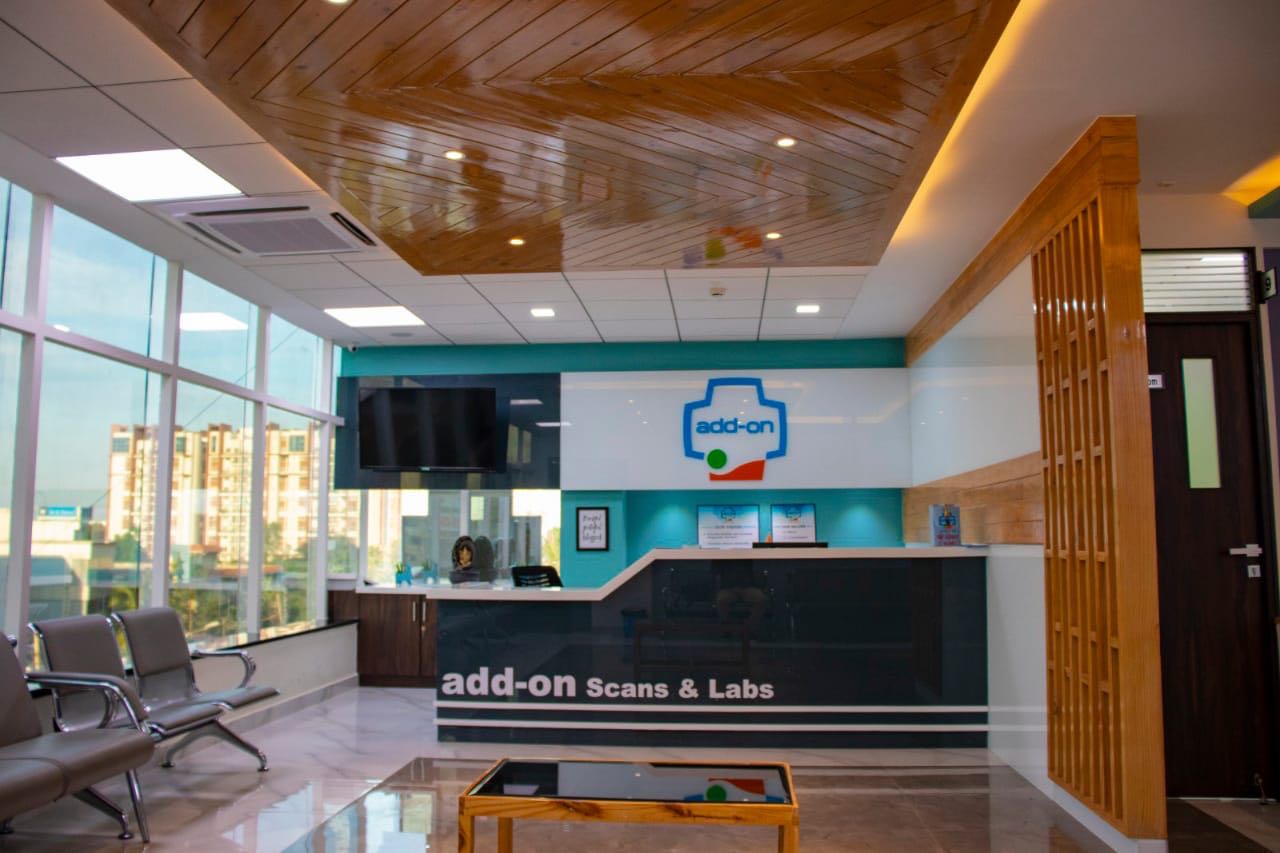
“At add-on Scans & Labs, we aspire to lead the
way in diagnostic healthcare services, setting a new standard
for precision, efficiency, and patient-centric care.
Our vision is to redefine the healthcare experience by providing
unparalleled accuracy in diagnostics, swift and seamless service
delivery, and unwavering dedication to the well-being of every
individual we serve.With a commitment to innovation, compassion, and excellence,
we strive to empower our community to lead healthier,
happier lives.”
1. Specialized focus on Fetal Medicine & Women’s Health through advanced imaging.
2. Diverse team of 10 expert Radiologists, including male and female doctors, for personalized care.
3. Unmatched subspecialty expertise in areas like fetal medicine, gynecology, male infertility, and musculoskeletal imaging.
4. Available 365 days a year to ensure continuous health support.
5. Equipped with state-of-the-art ultrasound machines for precise and accurate diagnostics.
6. The only standalone NABL accredited lab on Sarjapura-Marathahalli road, guaranteeing high-quality lab tests.
7. Quick turnaround with ultrasound scan reports delivered in just 10 minutes.
8. Highly trusted diagnostic services with a 4.9-star rating from 6K + Google reviews.
9. World-class facility ambience for a comfortable and welcoming patient experience.
10. Offers comprehensive care, including advanced imaging and accurate diagnostics, all under one roof for patient convenience.
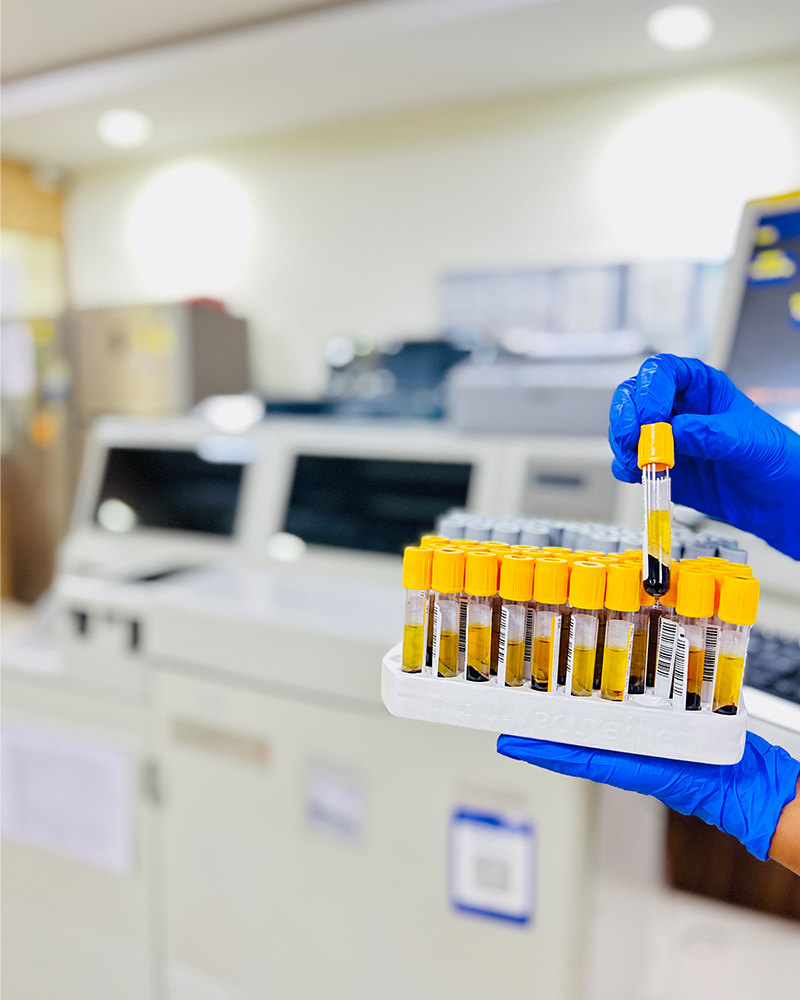
Duis aute irure dolor in reprehenderit in voluptate velit esse cillum dolore eu fugiat nulla pariatur sint occaecat cupidatat non proident.

Prepare for your pregnancy journey with the 'Due Date' guide by Dr. Sunil Kumar G S. This essential read offers heartfelt insights and professional advice for expectant parents.

Discover how we're transforming diagnostics with cost-effective technologies in our Silicon India Healthcare feature. Join us as India becomes a leader in advanced pathology services.

Nebkar Media and Research is pleased to present the annual listing
of “Best Doctors South” for 2024.
This Special feature showcases
the top names in the diverse fields
of medicine.

Growing trend of evidence-based medicine, health awareness, growing population and affordability are the major factors driving the diagnostics industry in India.

Prepare for your pregnancy journey with the 'Due Date' guide by Dr. Sunil Kumar G S. This essential read offers heartfelt insights and professional advice for expectant parents.

Discover how we're transforming diagnostics with cost-effective technologies in our Silicon India Healthcare feature. Join us as India becomes a leader in advanced pathology services.

Nebkar Media and Research is pleased to present the annual listing
of “Best Doctors South” for 2024.
This Special feature showcases
the top names in the diverse fields
of medicine.

Growing trend of evidence-based medicine, health awareness, growing population and affordability are the major factors driving the diagnostics industry in India.

Prepare for your pregnancy journey with the 'Due Date' guide by Dr. Sunil Kumar G S. This essential read offers heartfelt insights and professional advice for expectant parents.

Discover how we're transforming diagnostics with cost-effective technologies in our Silicon India Healthcare feature. Join us as India becomes a leader in advanced pathology services.

